Introduction
Qingming Cake, also known as Qingming Guozi or Qingtuan in various dialects, is a traditional Chinese food associated with the Qingming Festival, or Tomb-Sweeping Day. This festival falls on the 15th day of the fourth lunar month, typically in late spring, and is a time for remembering ancestors, visiting graves, and engaging in spring outings. Qingming Cake, made primarily from glutinous rice flour and filled with various sweet or savory ingredients, symbolizes the coming of spring and the renewal of life.
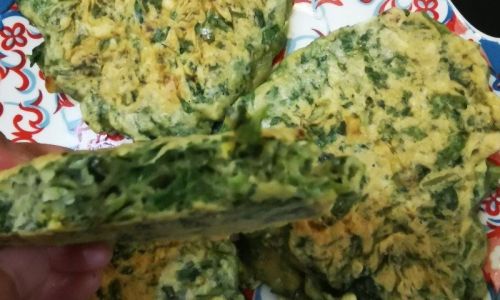
In this article, we will delve into the art of making Qingming Cake, from selecting the right ingredients to perfecting the steaming process. Whether you are a seasoned chef or a novice in the kitchen, following these steps will help you create delicious and authentic Qingming Cakes that are sure to delight your family and friends.
Section 1: Understanding the Ingredients
Before diving into the recipe, it’s crucial to understand the key ingredients that make Qingming Cake unique. The main components are glutinous rice flour, water, and filling. Here’s a closer look at each:
-
Glutinous Rice Flour: This is the foundation of Qingming Cake. Unlike regular rice flour, glutinous rice flour has a sticky texture when cooked, which gives the cake its characteristic soft and chewy mouthfeel.
-
Water: Water is used to bind the glutinous rice flour into a dough. The amount of water needed may vary depending on the humidity and brand of flour, so it’s important to add it gradually and adjust as needed.
-
Filling: The filling options are endless, ranging from sweet to savory. Popular sweet fillings include red bean paste, lotus seed paste, and peanut butter. For savory options, mushrooms, bamboo shoots, pork, and shrimp are commonly used.
-
Additional Ingredients: Depending on the recipe, you may also need ingredients like sesame seeds, green onion, soy sauce, sugar, salt, and cooking oil.
Section 2: Preparing the Dough
-
Measuring Ingredients: Begin by measuring out the glutinous rice flour and water accurately. For a standard recipe yielding about 12 cakes, you will need approximately 2 cups of glutinous rice flour and 1.5 to 2 cups of water.
-
Mixing the Dough: In a large mixing bowl, gradually add the water to the glutinous rice flour while stirring continuously with a wooden spoon or your hands. The dough should be soft but not too sticky. If it’s too sticky, add a little more flour; if it’s too dry, add a bit more water.
-
Kneading: Once the dough forms, transfer it to a lightly floured surface and knead it gently for about 5 minutes until it becomes smooth and elastic. Cover the dough with a damp cloth to prevent it from drying out.
Section 3: Preparing the Filling
The filling is what gives Qingming Cake its flavor and variety. Here are a few popular options:
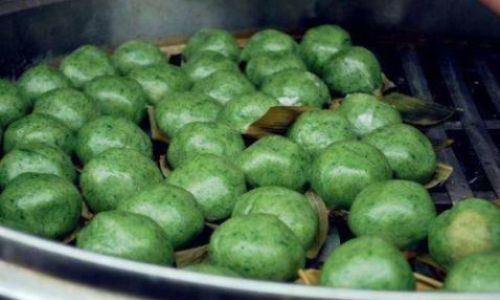
-
Sweet Red Bean Paste: Soak red beans overnight, then cook them until tender. Drain and mash the beans, add sugar to taste, and cook until the mixture thickens to form a paste.
-
Lotus Seed Paste: You can buy ready-made lotus seed paste or make your own by soaking, steaming, and blending lotus seeds with sugar.
-
Savory Mushroom and Pork Filling: Finely chop mushrooms, bamboo shoots, and pork. Sauté the pork until browned, then add the vegetables and season with soy sauce, salt, and pepper. Cook until all ingredients are tender and the mixture is well combined.
Section 4: Shaping the Cakes
-
Dividing the Dough: Divide the dough into small, equal portions. Each portion should be about the size of a golf ball.
-
Filling the Dough: Flatten each dough ball into a disc and place a spoonful of filling in the center. Carefully seal the dough around the filling, pinching it to ensure no gaps.
-
Shaping: Roll the filled dough ball into a smooth, round shape. Alternatively, you can flatten it slightly to form a patty.
-
Coating: If desired, roll the shaped cakes in sesame seeds or finely chopped green onion for added flavor and texture.
Section 5: Steaming the Cakes
-
Preparing the Steamer: Fill a steamer with water and bring it to a boil. If you don’t have a traditional bamboo steamer, you can use a metal steamer insert placed inside a large pot with a tight-fitting lid.
-
Arranging the Cakes: Line the steamer basket with parchment paper or banana leaves to prevent sticking. Place the shaped cakes in the steamer, leaving some space between them to allow for expansion.
-
Steaming: Cover the steamer and steam the cakes for about 15-20 minutes, or until they are translucent and cooked through. You can check for doneness by inserting a toothpick into the center of a cake; it should come out clean.
-
Cooling: Once steamed, remove the cakes from the steamer and let them cool slightly on a wire rack. They will firm up as they cool.
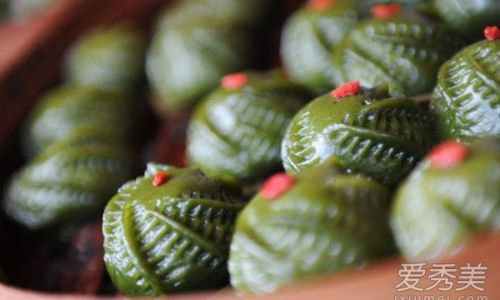
Section 6: Serving and Enjoying
Qingming Cakes are best enjoyed warm, but they can also be served at room temperature. You can drizzle them with honey or a light syrup for added sweetness. If you’ve made savory cakes, a dipping sauce made from soy sauce, vinegar, and sesame oil can enhance their flavor.
These cakes are not only delicious but also carry cultural significance. They are often brought to grave sites during the Qingming Festival as offerings to ancestors, symbolizing remembrance and respect. Sharing Qingming Cakes with family and friends is also a way to celebrate the arrival of spring and strengthen bonds.
Section 7: Tips and Variations
-
Experiment with Fillings: Don’t be afraid to try new fillings. From fruit jams to nut butters, the possibilities are endless.
-
Colorful Additions: You can add natural food coloring to the dough to make the cakes more visually appealing. Beet juice for red, spinach juice for green, and turmeric for yellow are all great options.
-
Storage: Leftover Qingming Cakes can be stored in an airtight container in the refrigerator for up to a week. Reheat them in the steamer for a few minutes before serving.
-
Non-Traditional Techniques: While steaming is the traditional method, you can also bake the cakes in the oven at a low temperature (around 325°F or 165°C) for about 20-25 minutes, or until they are golden brown and cooked through.
Conclusion
Making Qingming Cake is a rewarding culinary experience that combines tradition, creativity, and delicious flavor. By following the steps outlined in this article, you can create beautiful, authentic cakes that are perfect for the Qingming Festival or any spring celebration. Whether you stick to the classic recipes or experiment with new fillings and techniques, the joy of sharing these cakes with loved ones is sure to make your spring season memorable. So, gather your ingredients, roll up your sleeves, and start making Qingming Cake today!
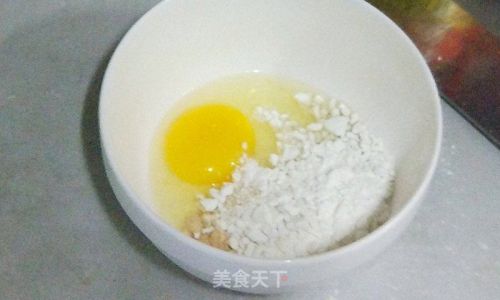

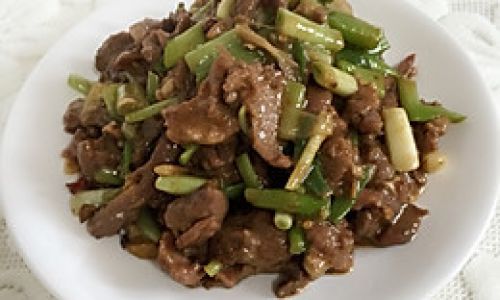
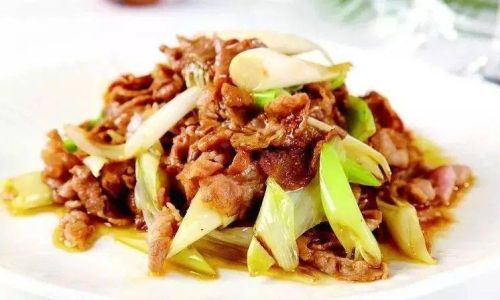

0 comments